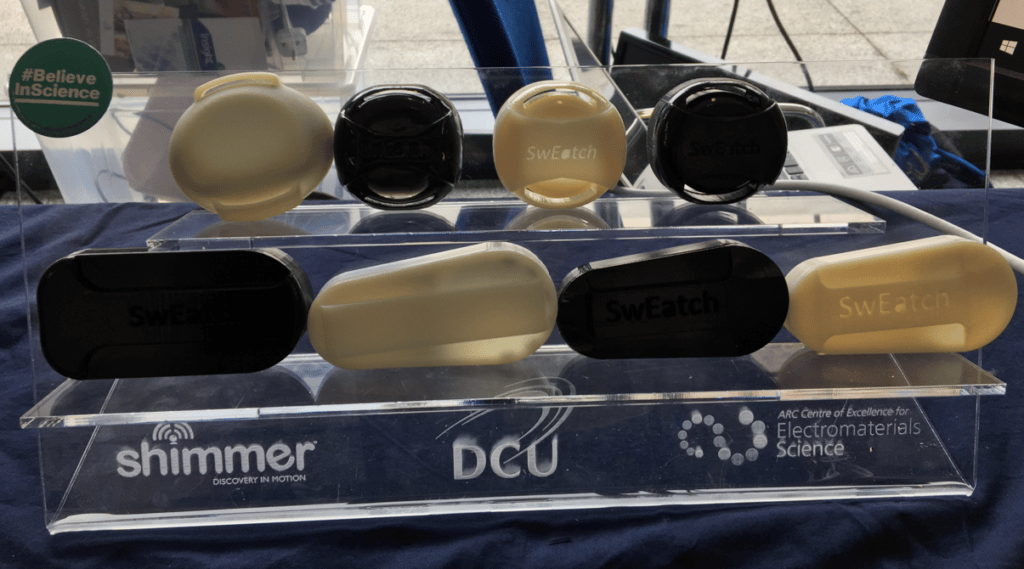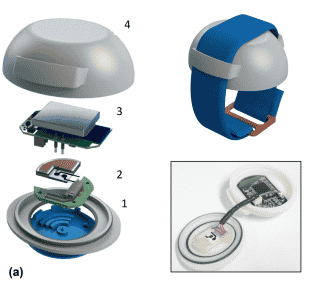Boston, MA, 20th July 2018 – Interest in real-time monitoring of biochemical parameters using wearable/on-body sensors is a rapidly growing area of research, due in part to the convergence of interest of major economic sectors in applications based on new types of information. Information and communication technology companies like Apple and Google are exploring ways to access biochemical information as a means to move beyond the mature sensor technologies currently employed in exercise and sports applications that track a users location, body movements, temperature, energy expenditure and so on.
Since the exciting developments of the 1980s, the application of biochemical sensing to real-time monitoring of the human condition has scarcely advanced in terms of the performance of the sensors. Today, the use-model has almost entirely shifted away from the early over-optimistic promise of implantable sensors that are in continuous contact with blood, to devices sited outside the body that somehow can access an information-rich body fluid, like sweat or saliva. Our partners at Dublin City University (DCU) are thinking outside the box in the area of biochemical sensing, and with the help of Shimmer, have developed a platform that makes biochemical sensing to real-time monitoring of the human condition an application with some real direction. This platform is called ‘SwEatch’.
a)Sweatch devise in place during a trial bike ride b)Vertical arrangement of electronics and fluidics components
SwEatch is a platform for harvesting and analyzing the sodium content of sweat in real time. The platform is designed to be securely attached to the skin using a velcro strap. Sweat enters into the device through a sampling orifice and passes over solid-state sodium-selective and reference electrodes into a storage area containing a high capacity adsorbent material. The liquid movement is entirely driven by capillary action, and the flow rate through the device can be mediated through variation of the width of a fluidic channel linking the electrodes to the sample storage area. Signals generated by the electrodes are passed to an electronics board; the real-time data is transmitted wirelessly using incorporated Bluetooth circuitry to a remote base station (laptop, mobile phone, tablet) for data visualization and storage in standard formats.
Shimmer technology is the backbone of this exciting and potentially revolutionizing platform. To be specific, Shimmer provided the custom-designed electronics board, which allows for data logging and wireless communications. It’s important to note that the electronics board includes high impedance inputs; this ensures that ISE potentials are tracked as accurately as possible (in other words, the voltage is measured extremely accurately).
The recent development of SwEatch is exciting for a couple of different reasons. The first is that medical diagnoses often depend on the retrieval of a blood sample because of the relevant biomarkers that it contains. This is usually a very intrusive process that involves physical trauma and can pose a risk of infection. SwEatch could potentially be a non-invasive alternative for medial diagnoses because of the abundance of information that sweat contains. The other reason why SwEatch provides great excitement is because gathering personalised biochemical information in real time has proven to be a challenge for years. Despite recent advances and increasing focus by industry and academic research teams, SwEatch is the first platform to emerge that makes real time capture of biochemical information a reality.
If you would like to learn more about the SwEatch platform, or if you would like to discuss a potential wearable application, please feel free to get in contact with us.




